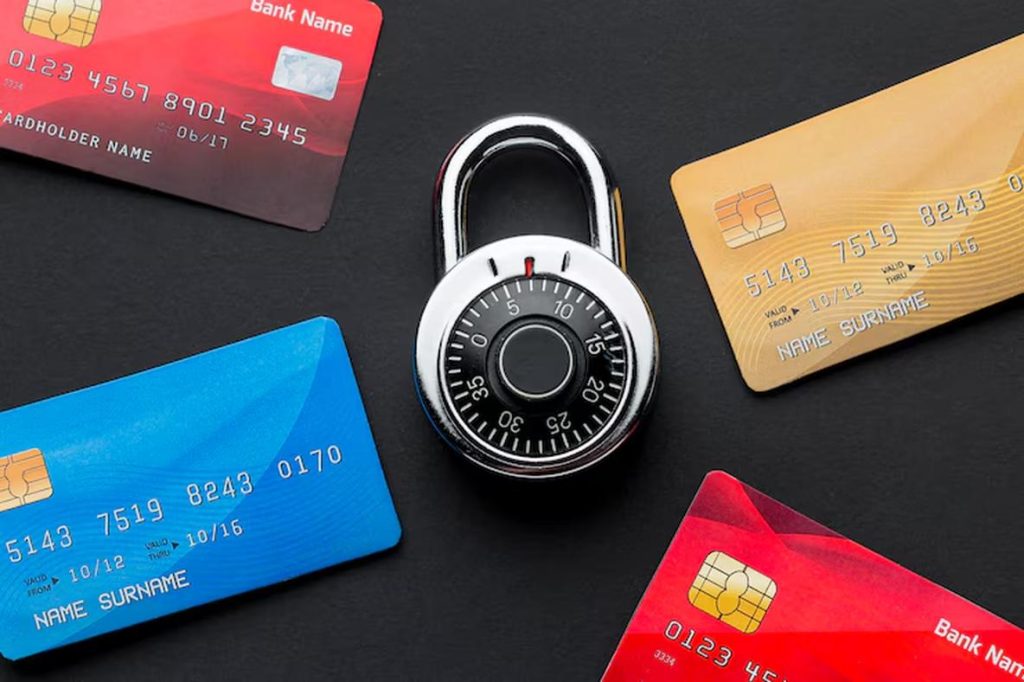In the financial landscape of the United States, secured cards, or secured credit cards, offer a unique solution for individuals looking to build or rebuild their credit. Unlike traditional credit cards, these cards require a security deposit that typically matches the credit limit, serving as a safeguard for the issuing bank. But how exactly do these cards work, and who can benefit the most from them?
Secured credit cards function as an effective bridge for gaining access to mainstream credit options. By using a secured card responsibly, consumers can demonstrate financial reliability and improve their credit scores. This process involves placing a refundable deposit, making regular purchases, and paying off balances promptly each month.
How secured cards work

These cards require an upfront deposit that acts as a security measure for the issuing bank. This deposit generally matches the card’s credit limit, meaning if you deposit $200, your limit is typically $200. Users can make purchases up to this limit and are expected to pay off balances to avoid interest charges.
Importantly, the deposit ensures that, should payments be missed, the bank has security against the debt. Thus, the risk to the lender is minimized, and cardholders get the opportunity to display responsible credit behavior, ultimately influencing their credit score positively.
The application process
Applying for a secured card involves selecting a suitable issuer and providing the necessary security deposit. The application procedure is relatively straightforward and often mirrors that of a traditional credit card. Upon approval, the applicant makes a security deposit, which sets the stage for the initiation of the credit line.
Proper management of this financial product entails making timely payments and keeping credit utilization low. Users should also periodically review their credit reports to track improvements and ensure accuracy, gradually transitioning to unsecured credit options as their scores improve.
Ideal candidates for secured cards
Secured credit cards are particularly beneficial for individuals with no credit history or those needing to recover from past financial setbacks. They offer a viable path to proving creditworthiness without the immediate trust required by lenders for ‘normal’ credit cards.
Particularly, new immigrants, young adults just starting to build credit, or individuals recovering from bankruptcy find these cards advantageous. Over time, responsible usage of a secured card can lead to eligibility for higher credit limits or transition to an unsecured card, allowing greater financial flexibility and more opportunities within the credit ecosystem.
Practical usage tips
To maximize the benefits of a secured card, it’s essential to maintain regular, timely payments and keep credit utilization low, ideally below 30%. This not only contributes positively to your credit score but also demonstrates your capability to manage credit responsibly. Users should monitor their accounts through online banking or mobile apps to track spending and payments.
Setting up automatic payments can help in avoiding missed due dates. Additionally, reviewing monthly statements and credit reports can help ensure that all credit activities are accurately reflected and geared towards improving the user’s credit profile.
Conclusion on secured cards
In conclusion, secured cards offer a strategic avenue for building or repairing credit in the U.S. financial system. They provide a safe starting point for those who might struggle to access traditional credit products, aligning well with the needs of credit newcomers and rebuilders.
However, it’s crucial to weigh the advantages and limitations, ensuring that they align with individual financial goals. While secured cards are invaluable for many, it’s also wise to occasionally assess when transitioning to unsecured options might be advantageous, thereby facilitating continued financial growth and opportunities.
